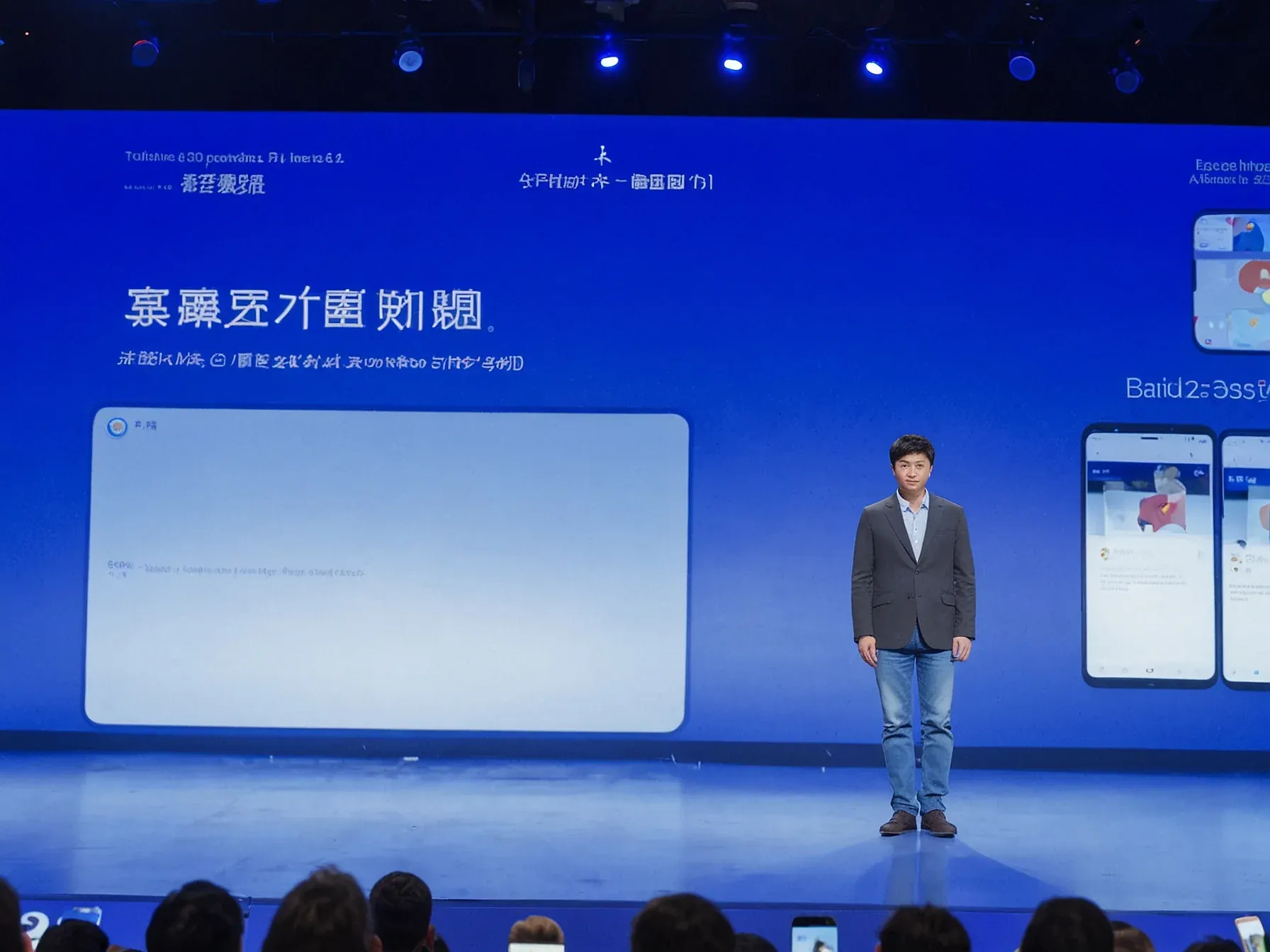
ChatGPT Shopping Research offers tailored picks, ending endless scrolling
The latest rollout of ChatGPT Shopping Research promises to trim the time you spend hunting for products online. Instead of scrolling through page after page of generic results, the tool aims to turn a single request into a focused conversation. It asks follow‑up questions to nail down what matters most to you—whether that’s noise level, battery life, or budget constraints.
By zeroing in on those details, the system can pull a handful of items that actually fit the scenario you described, rather than dumping a long, uncurated list. This shift from broad search to tailored recommendation is meant to cut down the indecision that often stalls a purchase. The approach could be especially useful in markets where price tags are listed in local currency, such as rupees, and where shoppers have specific performance criteria.
Below, a sample interaction illustrates how the feature moves from a simple prompt to a nuanced set of options.
*For example, ask:* "Recommend the quietest cordless vacuum under Rs 30,000." ChatGPT Shopping Research will follow up with questions such as:…
For example, ask: "Recommend the quietest cordless vacuum under Rs 30,000." ChatGPT Shopping Research will follow up with questions such as: Once it understands your use case, it delivers options that actually make sense for you, rather than a random list pulled from a search results page. Here is your answer: In technical terms, the process goes something like this - In simpler words, you start with a natural question, something like "Find the best Android phone under Rs 40,000 for gaming." ChatGPT Shopping Research then begins a guided conversation and asks short, focused questions to understand your needs better. Like - 'Battery life or camera?' 'Display size or weight?' 'Performance or price priority?' Once it has a clear picture, ChatGPT Shopping Research searches across the internet.
Is this the end of endless scrolling? ChatGPT Shopping Research certainly tries to make that claim. By asking follow‑up questions—“What’s your budget? How often will you use it?”—the tool narrows the field before presenting a handful of options that fit the stated criteria, such as “the quietest cordless vacuum under Rs 30,000.” The interaction feels more conversational than a static search results page, and the promise of “options that actually make sense” is appealing.
Yet the article offers no data on accuracy, user satisfaction, or how the system handles ambiguous requests. It’s unclear whether the model can consistently surface the best products across categories or how it deals with brand bias. Privacy considerations around the personal preferences users share also remain unaddressed. In short, the feature marks a noticeable shift toward guided shopping, but whether it will replace traditional browsing or simply add another layer to the process is still an open question.
Further Reading
- Introducing shopping research in ChatGPT - OpenAI
- ChatGPT's new Shopping Research feature helps you compare products and get personalised buying guides - The Indian Express
- OpenAI rolls out ‘shopping research’ tool in ecommerce push - The Economic Times
- Why Marketers Should Care About ChatGPT Shopping - Push Group
- ChatGPT launches conversational shopping-research tool - The Korea Times
Common Questions Answered
How does ChatGPT Shopping Research reduce the need for endless scrolling?
ChatGPT Shopping Research asks targeted follow‑up questions about your preferences, such as budget and usage frequency, to narrow down product options. By focusing on a handful of relevant items instead of a long list of generic results, it eliminates the need to sift through countless pages.
What kind of follow‑up questions does the tool ask when I request a product?
When you submit a request like "Recommend the quietest cordless vacuum under Rs 30,000," the tool may ask about noise level tolerance, cleaning frequency, and any specific feature priorities. These questions help the system understand your use case before presenting tailored recommendations.
Can ChatGPT Shopping Research handle budget constraints in product searches?
Yes, the system explicitly incorporates budget constraints by asking "What’s your budget?" and using that information to filter results. It then returns options that fit within the specified price range, such as items under Rs 30,000 or Rs 40,000.
What example does the article give to illustrate a typical ChatGPT Shopping Research query?
The article provides the example query "Recommend the quietest cordless vacuum under Rs 30,000," showing how the tool follows up with clarifying questions and then delivers a concise list of suitable vacuums. This demonstrates the conversational flow and focused output the service aims to provide.




